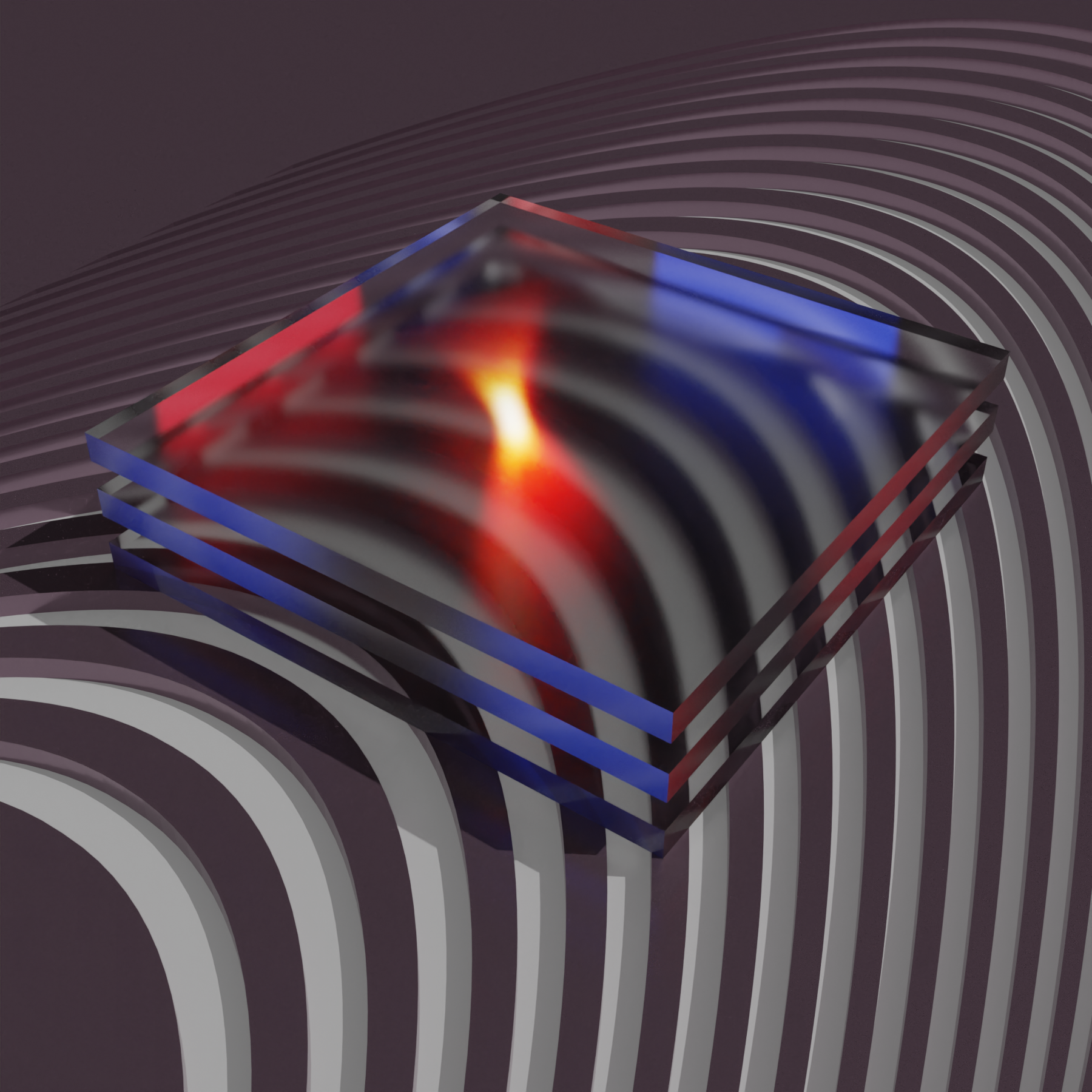We investigate how magnetic order is manipulated by femtosecond laser excitation. Our studies are focused on fundamental processes on ultrafast time and nanometre length scale. In addition to all-optical spectroscopy we use novel light sources like free electron laser and high harmonic sources in the extreme ultraviolet spectral range to probe the transient magnetic state with element-specificity and nanometre spatial resolution.
3.2 Ultrafast Dynamics in Solids and Nanostructures
Project coordinators: C. Korff Schmising, von , S. SharmaTopics
Our research focuses on manipulating magnetic order with ultrashort laser pulses in technologically relevant nanostructures, which are at the heart of many current and future technologies. Gaining actual functionalities from such laser-driven processes relies on progress in the fundamental understanding of the light-induced spin dynamics on the relevant pico- to femtosecond time scales. This ultimately requires access to the transient spatial magnetization profiles, which have been hardly accessible in experiments so far. We use resonant soft-X-ray scattering as a versatile tool that, combined with polarization-sensitive scattering simulations, can provide the missing information.
Our aim is ab-initio description of materials in ground-state as well as excited state. We do parameter free calculations for extended systems-- no input from experiments is used. This gives allows us to be predictive. In order to achieve this we (a) extend theories, (b) implement this into a highly accurate electronic structure code and finally (c) apply this to realistic materials.
We investigate ultrafast electron and lattice dynamics in solids using a worldwide unique setup for all-attosecond transient absorption spectroscopy (AATAS) and all-attosecond transient reflectivity spectroscopy (AATRS). These techniques offer two key advantages: attosecond pulse durations and the ability to excite core electrons in both the pump and probe stages. This combination promises unprecedented insights into ultrafast electron processes in solids, including electronic coherences and electron correlations, which remain beyond the reach of other methods.
Photonics is the science and technology of the harnessing of light. It lies at the confluence of various disciplines: optics, material science, electrical engineering, nanotechnology, physics, and chemistry. Within this context, our research focusses on the theory of light propagation and light-matter interaction in complex optical and photonic systems. This includes the development of advanced computational and analytical approaches and their application to specific systems. Our mission is to: Discover and investigate novel physical effects; Develop concepts and designs for advanced photonic materials and functional elements; Provide interpretative as well as predictive support for experiments.
We explore high-harmonic generation (HHG) in a broad class of solid materials ranging from wide-bandgap dielectrics to two-dimensional semiconductors, strongly correlated oxides, and topological insulators. We use ultrashort near- and mid-infrared laser pulses to generate HHG across the visible to the extreme ultraviolet (XUV) spectral range. Our approach provides highly symmetry-sensitive insight into non-equilibrium electronic structure and many-body interactions in solids.

- Schemes of nonlinear dual-comb spectroscopy designed for enhanced sensitivity and spectral coverage
- Schemes of dual-comb microscopy and nanoscopy addressing single systems
- Fundamental understanding of condensed matter systems, encompassing intermolecular and crystal-field interactions, from first principles





